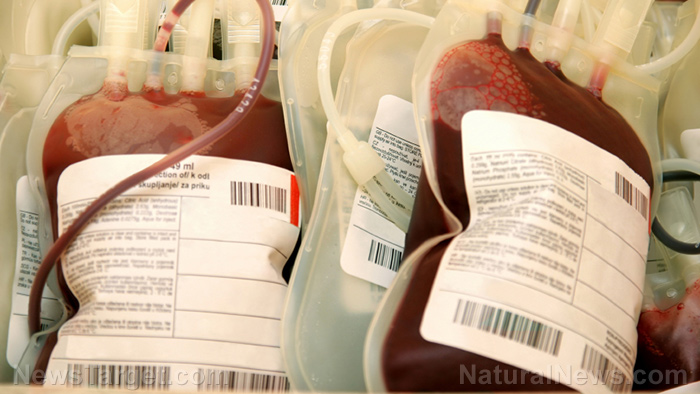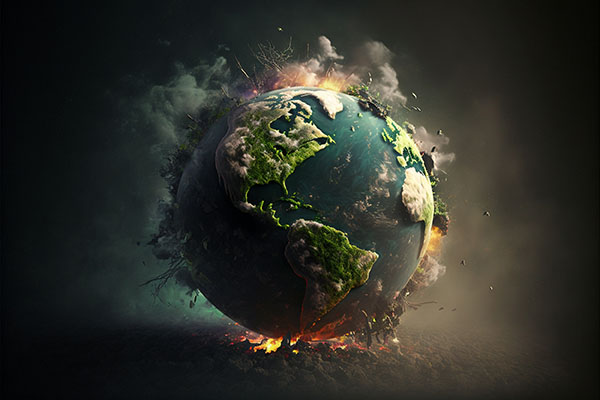 Parler
Parler Gab
Gab
Chemical food colorings and dyes in energy drinks linked to ADHD
If left to run its course, unchecked insulin resistance will eventually develop into brain degeneration in the form of dementia. And the increased oxidative stress, a 2021 study published in the International Journal of Molecular Sciences found, only further accelerates neurodegeneration. "[Energy drinks] are often packaged in aluminum, a neurotoxin that has been linked to Alzheimer's disease," notes Dr. Aruna Tummala, an integrative psychiatrist at Trinergy Health and founder of Psychiatry 2.0. Many popular energy drinks are also loaded with artificial food colorings like red dye 40, also known as Allura Red AC, that are banned in most parts of the world outside the United States. These chemical colorings can decrease absorption of minerals like zinc and iron that are needed for proper growth and development. Not only that, but they also cause and exacerbate attention deficit hyperactivity disorder (ADHD) in children. A 2012 meta-analysis found that around eight percent of children with ADHD experience symptoms associated with the consumption of artificial food dyes – symptoms that oftentimes go away, by the way, once a child stops consuming them. Then we have all the fatigue, insomnia, and headaches that arise from consuming too many energy drinks. It is widely known and recognized that both sugar and caffeine cause a high followed by a crash. It can feel good at first, but then not so much. Keep in mind that caffeine is also a diuretic. People who consume energy drinks before rigorous exercise absolutely must make sure they consume plenty of water and electrolytes to replenish, otherwise they could suffer from serious dehydration. Regular consumption of caffeine is also linked to insomnia, according to Tummala, because it promotes wakefulness by increasing levels of histamine and glutamate, two neurotransmitters that disrupt sleep cycles. "Energy drinks can increase the level of catecholamines, neurotransmitters involved in the body's stress response," reports further explain about the anxiety-inducing effects of energy drinks. "The spike in these chemicals increases heart rate and blood flow, triggering a fight-or-flight response in some people, leading to anxiety." There are better ways to perk up and keep up without having to resort to toxic energy drinks. Learn more at Superfood.news. Sources for this article include: TheEpochTimes.com Newstarget.comFDA pulled an UNFORGIVABLE ivermectin swindle during covid and must be held accountable
By Ethan Huff // Share
If your doctor told you to get “vaccinated” for COVID, they were BRIBED, evidence shows
By Ethan Huff // Share
Governments continue to obscure COVID-19 vaccine data amid rising concerns over excess deaths
By patricklewis // Share
Tech giant Microsoft backs EXTINCTION with its support of carbon capture programs
By ramontomeydw // Share
Germany to resume arms exports to Israel despite repeated ceasefire violations
By isabelle // Share










